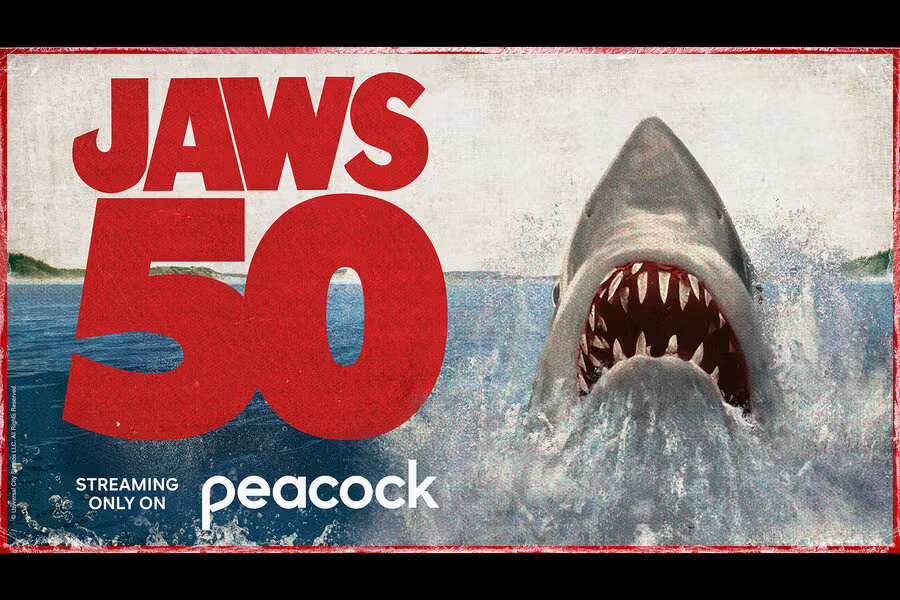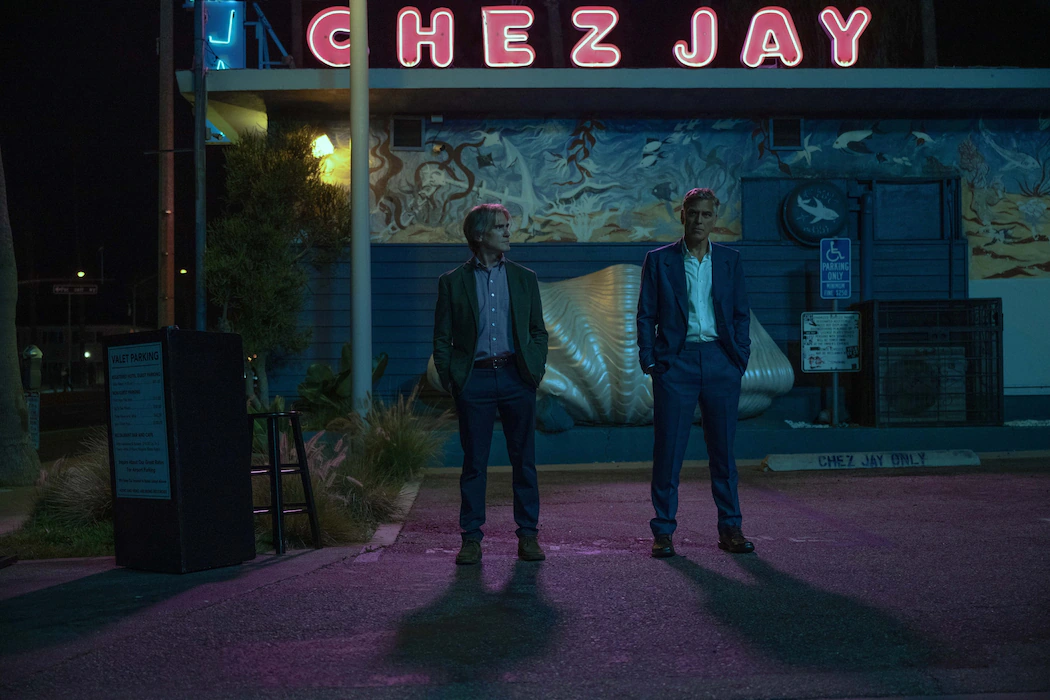In June 1975, American moviegoers met a new kind of cinematic terror—and a new kind of summer. When Jaws, directed by then-unknown 27-year-old Steven Spielberg, premiered nationwide, few could have anticipated how deeply it would bite into the cultural imagination. Fifty years later, it’s not just a movie about a shark—it’s a symbol of how art, commerce, and primal fear collided to birth the modern blockbuster.
What began as a troubled production on a fictional island called Amity would go on to redefine how movies are made, marketed, and mythologized. Jaws is no longer just a film; it is a watershed moment in Hollywood history.
The Monster Beneath: Terror in Absence
Much has been written about how the shark—nicknamed “Bruce” on set—barely appears in the first hour of the film. That wasn’t the plan. In fact, Spielberg had originally envisioned more overt shots of the great white, but the mechanical creature malfunctioned so often that he had no choice but to adapt.
In doing so, he created something far more terrifying: suggestion.
By filming from the shark’s point of view, using low-angle shots beneath swimmers’ legs and amplifying the dread with John Williams’s now-iconic two-note score, Spielberg invoked the most timeless fear of all: the unknown. The ocean became a character itself—boundless, shadowy, and hungry.
It’s no accident that Jaws sits comfortably in the pantheon of suspense cinema beside Hitchcock’s finest. Like Psycho, it taps into ordinary spaces (a beach, a shower) and turns them into sites of existential threat.
Amity Island, Americana, and the Myth of Safety
Set in the fictional coastal town of Amity Island, Jaws blends its horror elements with a portrait of a small-town summer idyll. Ice cream, sailboats, families on vacation—all coexisting with the slow encroachment of dread. This tension between comfort and catastrophe is a masterstroke.
The film is also a microcosm of 1970s America—grappling with a loss of institutional trust, economic precarity, and a growing awareness that nature could not be tamed by optimism or authority.
Mayor Vaughn, with his pinstripe suits and insistence on “keeping the beaches open,” becomes a stand-in for political denialism. He represents a public official more concerned with appearances than public safety, eerily prescient even half a century later.
Shark Trouble on Set: Art Through Adversity
With a modest initial budget of $3.5 million, Jaws quickly ran into overages, delays, and breakdowns—chief among them the robotic shark that refused to work in salt water. Production was scheduled for 55 days but ballooned to 159.
Yet these constraints catalyzed creativity. Spielberg leaned into suspense techniques out of necessity, inadvertently creating what would become a template for modern thrillers. Like Orson Welles before him, he proved that technical limits can be reframed as narrative assets.
Today, film schools point to Jaws not just as a thriller, but as a case study in adaptive direction—proof that innovation often begins with failure.
Marketing the Monster: The Birth of the Summer Blockbuster
Before Jaws, summer was considered a cinematic graveyard. Studios saved their prestige films for winter, believing that families wouldn’t flock to theaters in hot weather. But Universal bet differently.
Spending an unprecedented $700,000 on television ads—aimed squarely at teenagers on summer break—and launching the film simultaneously on 464 screens nationwide, the studio flipped the script.
The result? Jaws grossed over $470 million worldwide, which adjusts to nearly $2.4 billion in today’s dollars. It outperformed every expectation and set a new business model: the tentpole release, the event movie, the merchandising machine.
Without Jaws, there would be no Star Wars, no Jurassic Park, no Marvel Cinematic Universe. It taught Hollywood that cinema could be both an art and a spectacle.
A Franchise That Refuses to Sink
Though Spielberg never returned to direct the sequels, Jaws spawned a franchise that remains alive in merchandise, theme park rides, home video reissues, and endless homages. Jaws 2, Jaws 3-D, and Jaws: The Revenge may have diluted the original’s critical legacy, but they never diminished its cultural impact.
Universal Studios continues to generate revenue from the Jaws brand—testament to the staying power of a concept that is simple, terrifying, and endlessly adaptable.
And who can forget the poster—that lone swimmer above the gaping maw of a leviathan? It remains one of the most recognizable images in film history, reproduced and parodied countless times.
Fear That Lingers: A Legacy Beyond the Screen
Even now, 50 years on, Jaws still affects how we perceive the ocean. It has been accused of demonizing sharks and misrepresenting their behavior—but it also undeniably tapped into ancient aquatic anxieties.
The film’s psychological weight stems from its realism. The beaches, the boats, the banter—they feel lived-in. So when the horror arrives, it doesn’t feel cinematic. It feels plausible.
That plausibility is what keeps Jaws terrifying. Spielberg wasn’t just making a monster movie—he was tapping into our primal, mammalian fear of what we cannot see and cannot fight.
The Water’s Never Been the Same
Fifty years later, Jaws isn’t just a benchmark of cinematic craft—it’s a cultural artefact. It marks the dawn of the blockbuster era, the triumph of suspense over spectacle, and the enduring fear that somewhere, just beneath the surface, danger is circling.
Spielberg gave us more than a shark. He gave us a myth. One we’re still afraid to swim with.
No comments yet.








